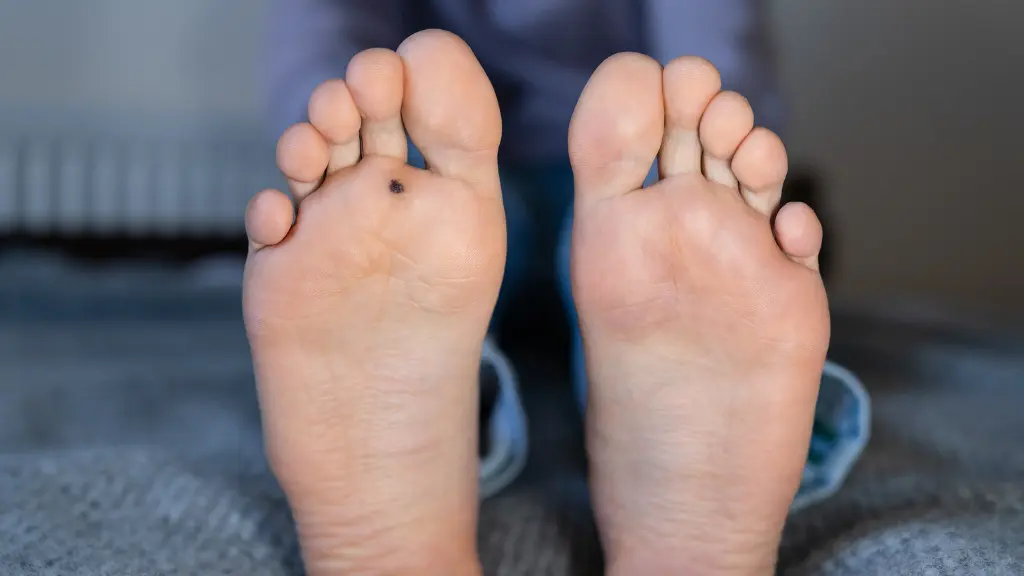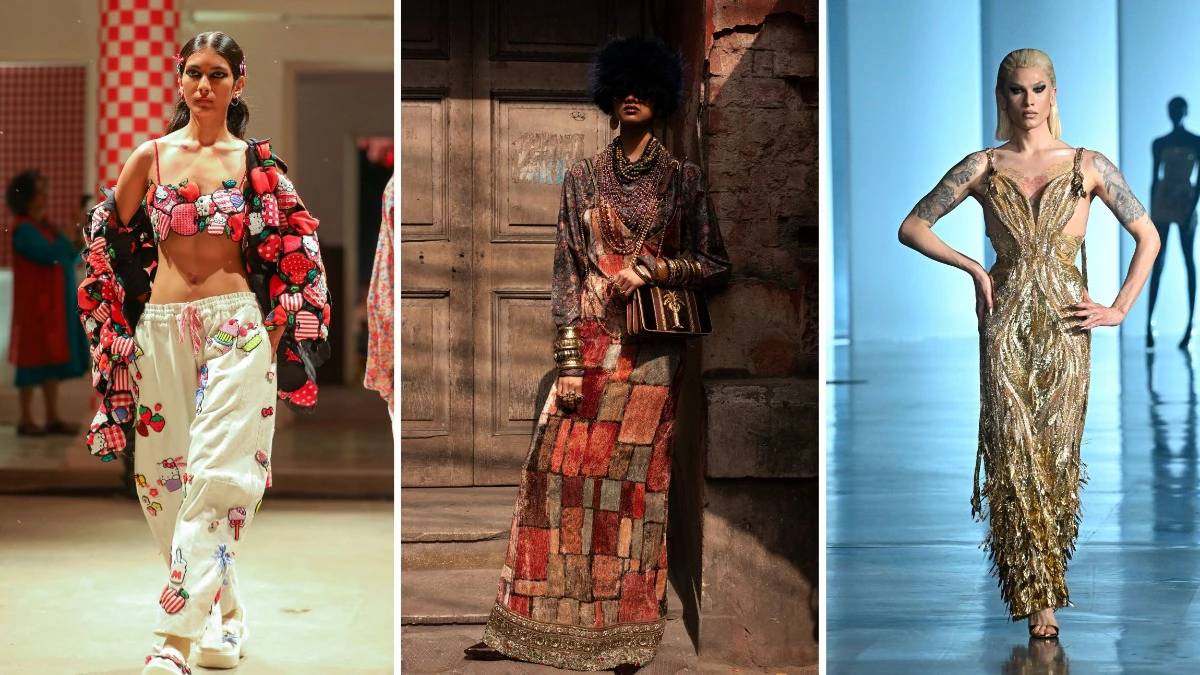As consumers become increasingly aware of the environmental and social impact of their purchasing decisions, the fashion industry is undergoing a significant transformation.
Eco-friendly fashion, once considered a niche market, has become a mainstream movement.
In this article, we’ll explore the benefits, challenges, and innovative solutions driving the growth of sustainable fashion.
You May Also Like: Meal Prep for Weight Loss: Tips, Tricks, and Recipes
The Environmental Impact of Fast Fashion
The fashion industry is one of the largest polluters in the world, accounting for:
- 10% of global greenhouse gas emissions
- 20% of wastewater production
- 85% of microplastics in oceans
Fast fashion’s “take, make, dispose” approach has devastating consequences:
- Textile waste: 12.8 million tons annually
- Unfair labor practices: Exploiting workers in developing countries
- Resource depletion: Water, energy, and raw materials
Benefits of Eco-Friendly Fashion
Sustainable fashion offers many advantages:
- Reduced carbon footprint
- Conserves water and energy
- Promotes fair labor practices
- Extends garment lifespan
- Supports local economies
Eco-Friendly Materials
Innovative materials revolutionizing sustainable fashion:
- Organic cotton
- Recycled polyester
- Tencel
- Hemp
- Piñatex (pineapple leaf fibers)
- Vegan leather alternatives (e.g., mushroom-based)
Sustainable Fashion Brands
Pioneering eco-friendly fashion brands:
- Patagonia
- Reformation
- Everlane
- People Tree
- H&M Conscious
Second-Hand and Rental Fashion
The rise of:
- Thrift shopping
- Clothing swaps
- Fashion rental services (e.g., Rent the Runway)
- Clothing subscription boxes
Circular Business Models
Closing the loop:
- Product take-back programs
- Upcycling and repurposing
- Designing for recyclability
- Sharing economies
Challenges and Opportunities
Overcoming obstacles:
- Higher production costs
- Limited accessibility
- Greenwashing
- Education and awareness
Conclusion
Eco-friendly fashion is no longer a niche market; it’s a necessity. As consumers, we have the power to drive change.
By embracing sustainable fashion, we can:
- Reduce waste
- Promote fair labor practices
- Support innovative materials
- Extend garment lifespan
Join the revolution.










